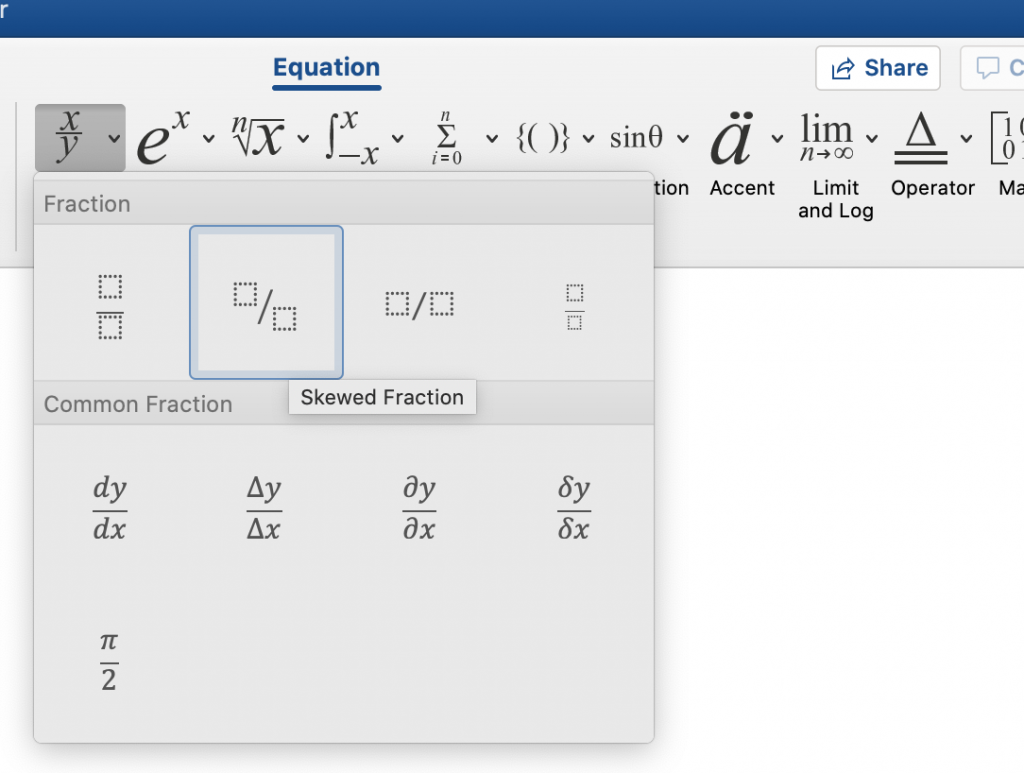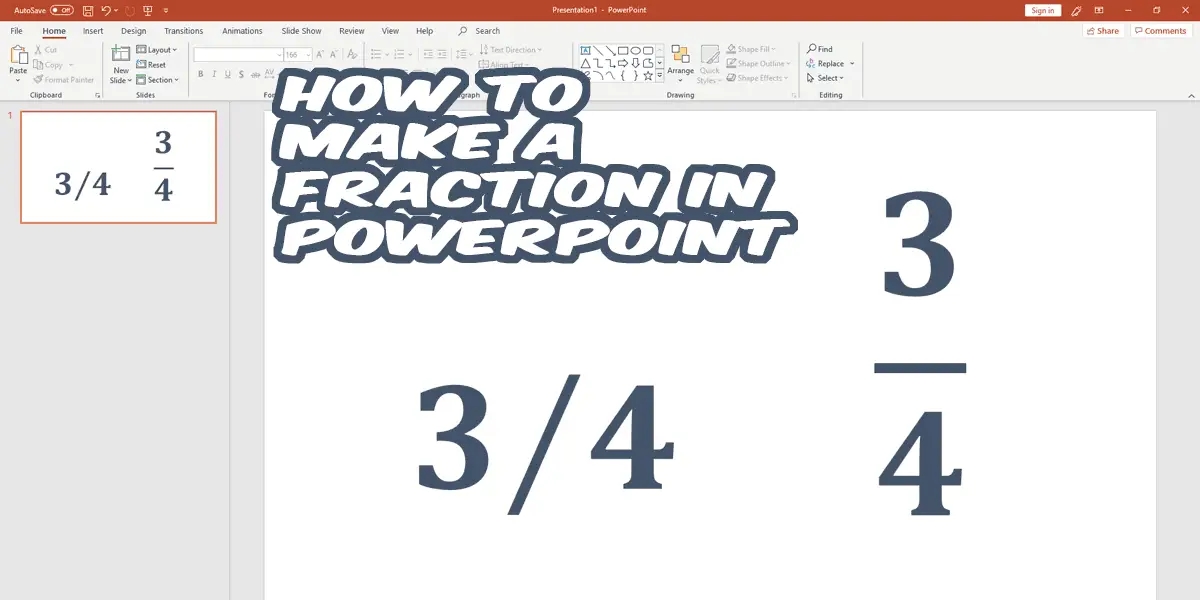

If you know LaTeX then you can do even more complicated formatting with it, because MS Equation also supports LaTeX. For example a/(b+1)+(a-b)/2-\sqrt(a^2-\sqrt(b))/(b^3-1) will be converted into the below after the last space In fact you can even enter far more complex expressions. Yes it's very smart to remove those parentheses For example typing (a+b)/(b+c) then space will create a fraction with a + b as the numerator and b + c as the denominator without the parentheses. This book is about the Math Builder (officially called as Equation Editor) tool in Microsoft Word and Outlook 2007 and higher. MS Equation will automatically convert the slash to the fraction after you type a space.

type the sentence as normal, and at the point you want to insert the equation don't press enter, just insert the equation with Alt+ = (or Alt+ N- E- I).Equations will be inserted inline if there are texts before them. This is because Word replaces those characters with actual single-character font representations of those fractions. The same is true for other common fractions, such as 1/4 and 3/4. I'd be happy to find a better solution, other than placing a line drawing object over the relevant area of the equation.I don't know where you get that it's off to the side rather than in the running text. A: You can insert a fraction in Microsoft Word by going to the ' Insert ' tab, clicking on ' Equation ' in the ' Symbols ' group, selecting the ' Fraction ' button in the ' Structures ' group, and entering the numerator and denominator values. 1 You may have noticed that if you type 1/2 in a Word document, the characters are converted automatically to a very nicely formatted fraction. It also doesn't scale to larger (wider) objects since you're just getting a slash character on top, not a real diagonal line from the top right corner to the bottom left. Whenever you type 1/2 in Word, it will automatically convert it into a fraction. It's hard to insert and impossible to edit properly. Microsoft Office has many useful functions and AutoFormat is one such feature. There are a few limitations to this approach. In this example it will produce 3 with a slash. The \O flag stands for "Overstrike", and it superimposes its parameters on top of each other. In the Field codes textbox type EQ \O(3,/). On the field name list choose Eq and click the Field Codes button.

Select the numerator, then on the Insert tab click Quick Parts and choose Field. Insert a new equation object and add a fraction object, type 7 as the denominator. Let's take 3/7 as an example and cancel the 3:

I've struggled with this before and the solution below is the closest I got. The LaTeX cancel command is not supported in Word's equation editor.


 0 kommentar(er)
0 kommentar(er)
